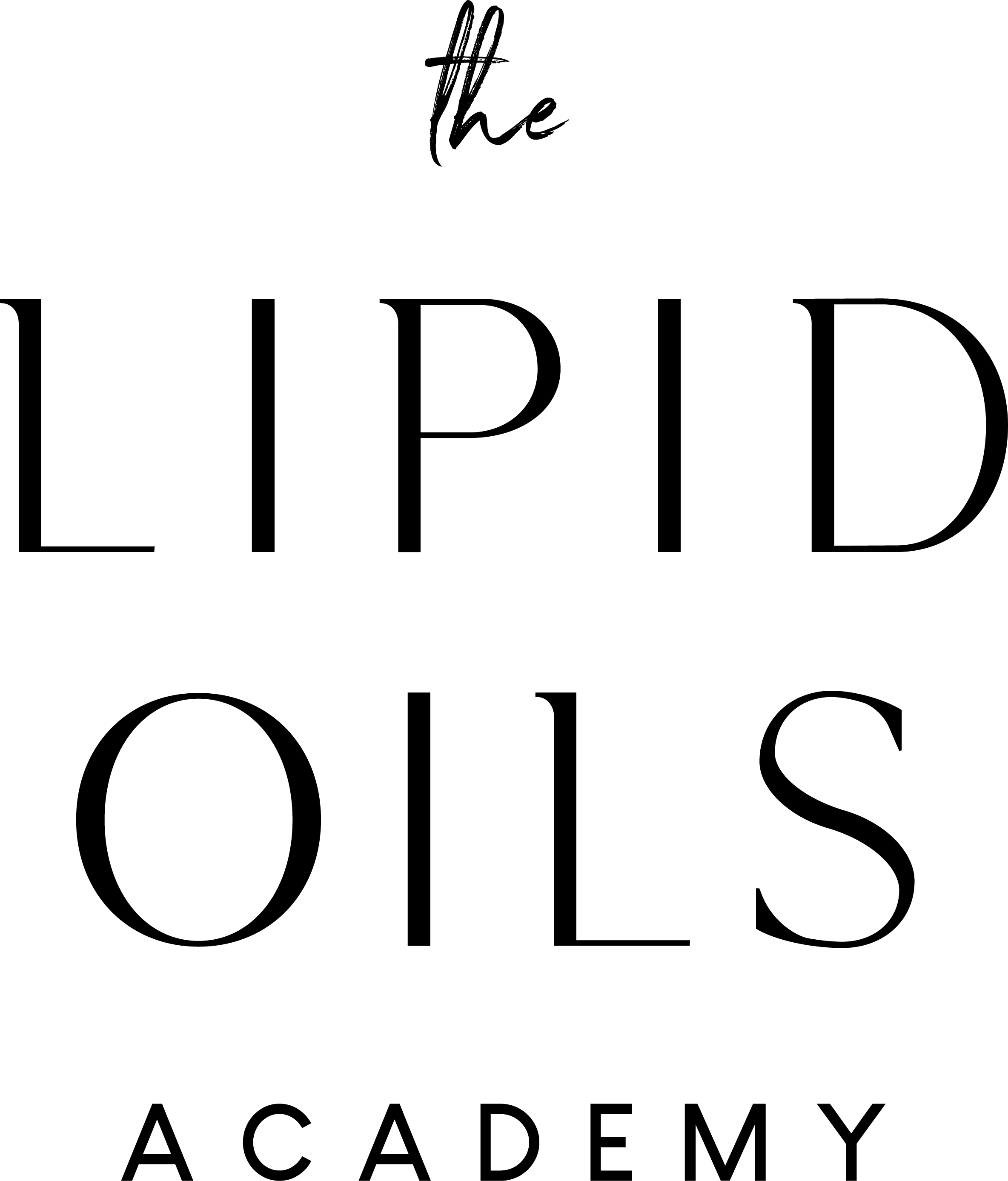Sunflower oil is one of the most popular oils used in skincare and herbal infusions—but did you know there’s more than one kind?
If you’ve ever looked at a supplier’s listing and wondered whether you’re getting a high-linoleic or high-oleic oil (or what that even means), you’re not alone.
Here’s what’s really going on with sunflower oil—and how to choose the right version for your skincare formulations.
Not All Sunflower Oil Is the Same
The sunflower oil we talk about in Lipids Decoded—the oil traditionally pressed from Helianthus annuus seeds—is naturally high in linoleic acid, with about 60–70% linoleic and a smaller amount of oleic acid.
This version is light, absorbent, and gentle on the skin. It’s often recommended for sensitive skin or facial oils, and it makes a good infusion base for fresh, seasonal herbal oils.
It also contains beneficial unsaponifiables like:
- Squalene
- Tocopherols (Vitamin E compounds)
- Sterols (mostly β-sitosterol)
- Carotenoids
But here’s the twist…
Commodity Oils Have Been Changed - A Lot
To make oils that are more shelf-stable for the food industry, many seed oils (including sunflower and safflower) have been hybridized or genetically modified to shift the fatty acid profile especially to increase oleic acid, which is more stable than linoleic.
That means you might see:
- High-Oleic Sunflower Oil: Up to 80% oleic acid
- Mid-Oleic Sunflower Oil: A blend, often around 50% oleic
- High-Stearic/High-Oleic Oil: Designed for high-heat food use, not cosmetic use
These versions aren’t bad—they’re just completely different oils. And for skincare formulators, those differences matter.
Why It Matters for Skincare Formulation
The SAP value of high-oleic sunflower oil is different, so soap formulas need to be recalculated.
The feel on the skin is different—high-oleic oils feel heavier and more occlusive than high-linoleic oils.
The beneficial compounds (unsaponifiables) may be lower or altered in hybridized versions.
Shelf life varies widely depending on the fatty acid profile and processing.
So, What Should You Look For?
For herbal infusions, a high-oleic, cold-pressed, unrefined sunflower oil is often the better choice—its longer shelf life and greater stability make it ideal for infusing and storing over time.
If you’re formulating for lightweight skin feel, you may still choose a high-linoleic version—but know that it’s more prone to oxidation and may not hold up as well over time, especially in infusions.
Always ask your supplier for the fatty acid breakdown or SAP value if it’s not listed. It’s not overkill—it’s good practice and helps you work with the oil more precisely in your formulas.
Want to Explore These Differences in More Depth?
We dive deep into oil modifications, fatty acid profiles, and how they impact your formulations inside Lipids Decoded, our in-depth course on understanding and working with lipid oils. Enrollment opens a few times per year—join the waitlist here to be notified when it’s open again.
If you’re ready to get hands-on now, the Formulator’s Toolbox includes a searchable fatty acid database covering 170+ oils and plant butters—so you can compare sunflower oil variants (and many more) at a glance.
